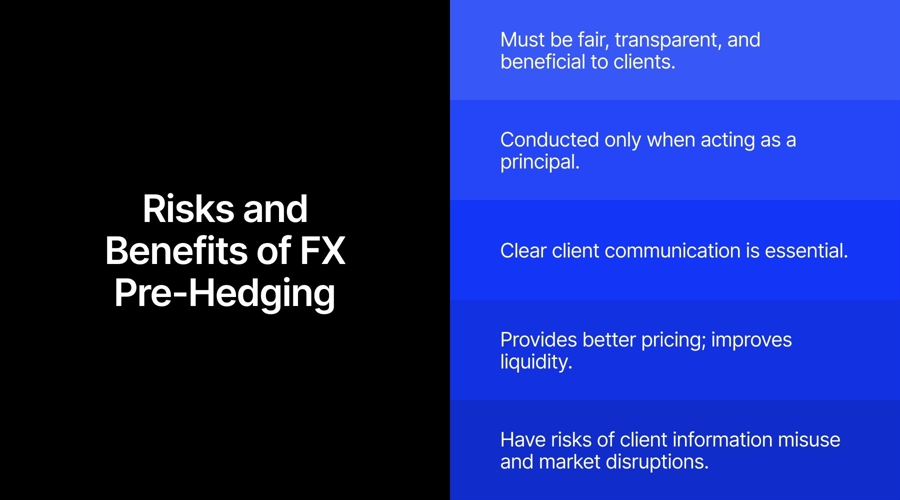Prime Brokerage Booms, FX Fix Woes, and the Tech Black Box
Primed for Growth
The prime brokerage growth arc has fluctuated wildly since the global financial crisis. Almost a decade had passed before European banks felt sufficiently confident to devote significant resources to this area again, despite increased regulatory scrutiny.
Now Bloomberg forecasts that prime brokerage revenues will reach record levels this year. Morgan Stanley’s CEO referred to “robust results in prime brokerage” in its Q2 equity results, and Citigroup’s CFO referenced record prime brokerage balances.
By 2021, Barclays was talking about prime brokerage as a growth opportunity. The world’s leading banks were coining it in 2023, when they generated more than half of their equities revenues from prime services and futures. This surge came on the back of the proliferation of multi-strategy hedge funds.
The concentration of this business in the hands of Goldman Sachs, JP Morgan, and Morgan Stanley has encouraged the major European banks to sharpen their focus.
Related: B-Book Prime of Primes Are Risky for Brokers, but A-Book Counterparts Are Rare
BNP Paribas has taken on hundreds of software engineers to develop a new platform that will simplify margin calculations and could reduce margin requirements by almost one-third. The French bank had already benefited from its acquisition of the prime brokerage businesses of Credit Suisse and Deutsche Bank.
UBS has also bolstered its prime brokerage business, and Barclays has aspirations for further growth.
Europe’s big hitters are at pains to stress that growth will not come at the expense of increased risk, and that the path to expansion lies in focusing on new hedge funds rather than simply offering cheaper funding. They also expect to generate efficiencies from new technology that will simplify the margin payment process.
However, there is no escaping the fact that regulators are concerned about the leveraged positions taken by some European hedge funds. With smaller and less liquid firms likely to attempt to enter the prime brokerage market, it seems that tighter governance is inevitable.
Trade Information Leakage Remains Hard to Plug
FX dealer clients have long complained that predatory trading by high-frequency hedge funds and proprietary trading desks during the 4pm London time fixing window for benchmark currency rates leaves them out of pocket. A new piece of research suggests the solution could lie in pre-hedging.
Authors Johannes Muhle-Karbe from Imperial College London’s Department of Mathematics, Deutsche Bank’s Roel Oomen, and Mateo Rodríguez Polo from ETH Zurich have presented a theoretical model of information leakage that arises from dealer hedging of currency fix exposures on behalf of their clients.
It shows that information leakage is costly to the client, but that this can be partially mitigated when the dealer hedges a portion of their exposure ahead of the fixing window.
Pre-fix hedging has been a contentious topic in the industry for some time. In 2018, the defence team in the trial of HSBC FX trader Mark Johnson made the point that pre-hedging was not illegal or in violation of any regulation in FX markets pertaining to fixes. But others view it as front-running client orders rather than sensible risk management.

Muhle-Karbe, Oomen, and Rodríguez Polo say they have demonstrated that across a wide range of scenarios both the client and dealer can benefit, and that their interests align in reducing information leakage to limit opportunistic trading.
In their model, the opportunistic trader only has access to live streaming market mid-prices to infer the underlying fix exposure at run time. They accept that it is conservative in that the opportunistic trader will likely have a broader set of relevant information sources available in practice, further increasing the risk of information leakage.
Predictably, the paper received a mixed response. One trader observed: “I’m not sure why funds allow this to happen, except for the fact that amending their documents as to hedging FX exposure is expensive and opens up potential litigation—so just let the fix be free money for those that have the order.”
Whereas the following comment came from a hedge fund manager in response to the conclusion that information leakage is costly to the client, but can be partially mitigated when the dealer hedges a portion of their exposure ahead of the fixing window:
“Thanks for the brilliant paper—truly valuable insights,” he said. “I’ll just adapt my strategy a few minutes earlier to front-run your pre-hedges too.”
Are Tech Vendors Getting an Easy Ride?
The extent to which FX is now traded via electronic channels underlines the importance of platform performance, which is heavily influenced by the underlying technology.
Improvements in trading technology enable traders to benefit from quicker execution, enhanced market access, and improved efficiency in liquidity provision within the world’s most liquid market. Vendors refer to their intention to further enhance their predictive data analytical tools to give clients the best possible data insights.
Best execution—particularly in volatile environments—and regulatory compliance continue to be front of mind for many market participants. Regulations such as DORA demonstrate the determination of regulators to go to the next level of technical detail to ensure a firm's infrastructure can support uninterrupted trading.
But previous industry surveys have suggested that clients are worryingly dependent on the technological solutions provided by execution venues.
Read more: Single Dealer vs Multi Dealer - Finding the Best FX Execution Venues
According to Reactive Markets’ Chief Revenue Officer, Henry Durrant, while buy-side clients and liquidity providers are subject to stringent market standards and regulations around execution behaviour and performance, technology providers typically operate with little to no transparency regarding their internal platform performance, despite this being a leading factor influencing execution performance and transaction cost.
He suggests the result is an opaque ecosystem where clients have no way to compare different solutions to understand which one best fits their needs.
Durrant reckons initiatives such as shared standards for reporting platform performance and latency would enable fair competition among technology providers and build greater confidence in the integrity and reliability of this part of the ecosystem.
As always, your thoughts on this topic are welcome. Do you agree with the view that technology vendors are getting off lightly when it comes to performance monitoring—or are they sharing appropriate levels of information to enable meaningful benchmarking?



